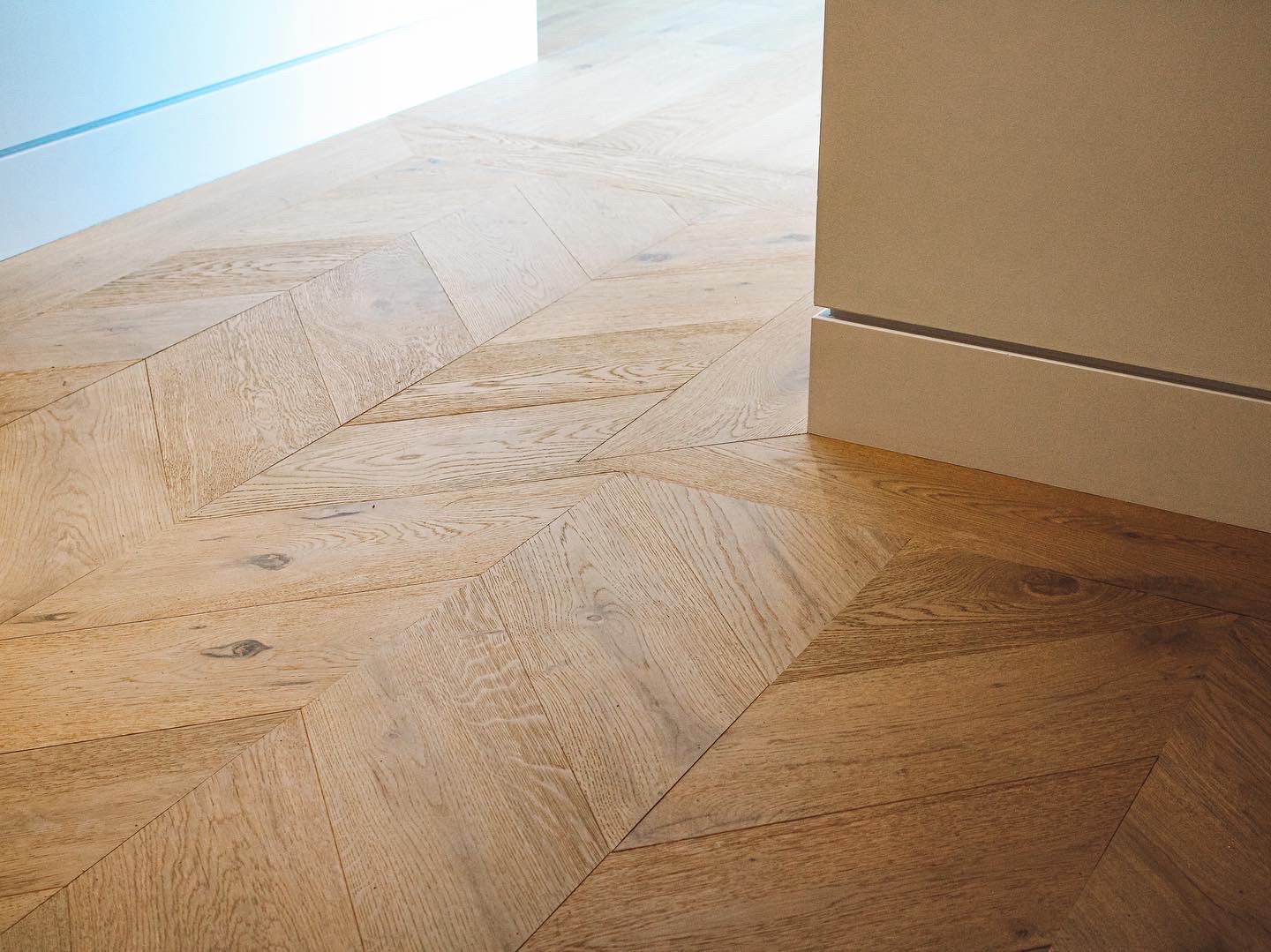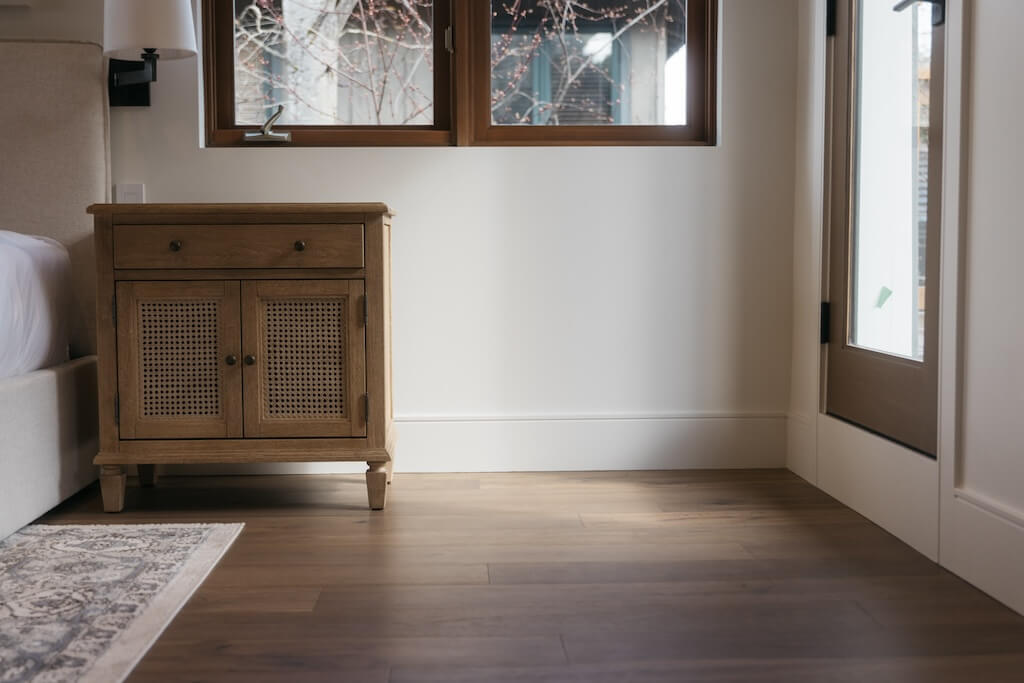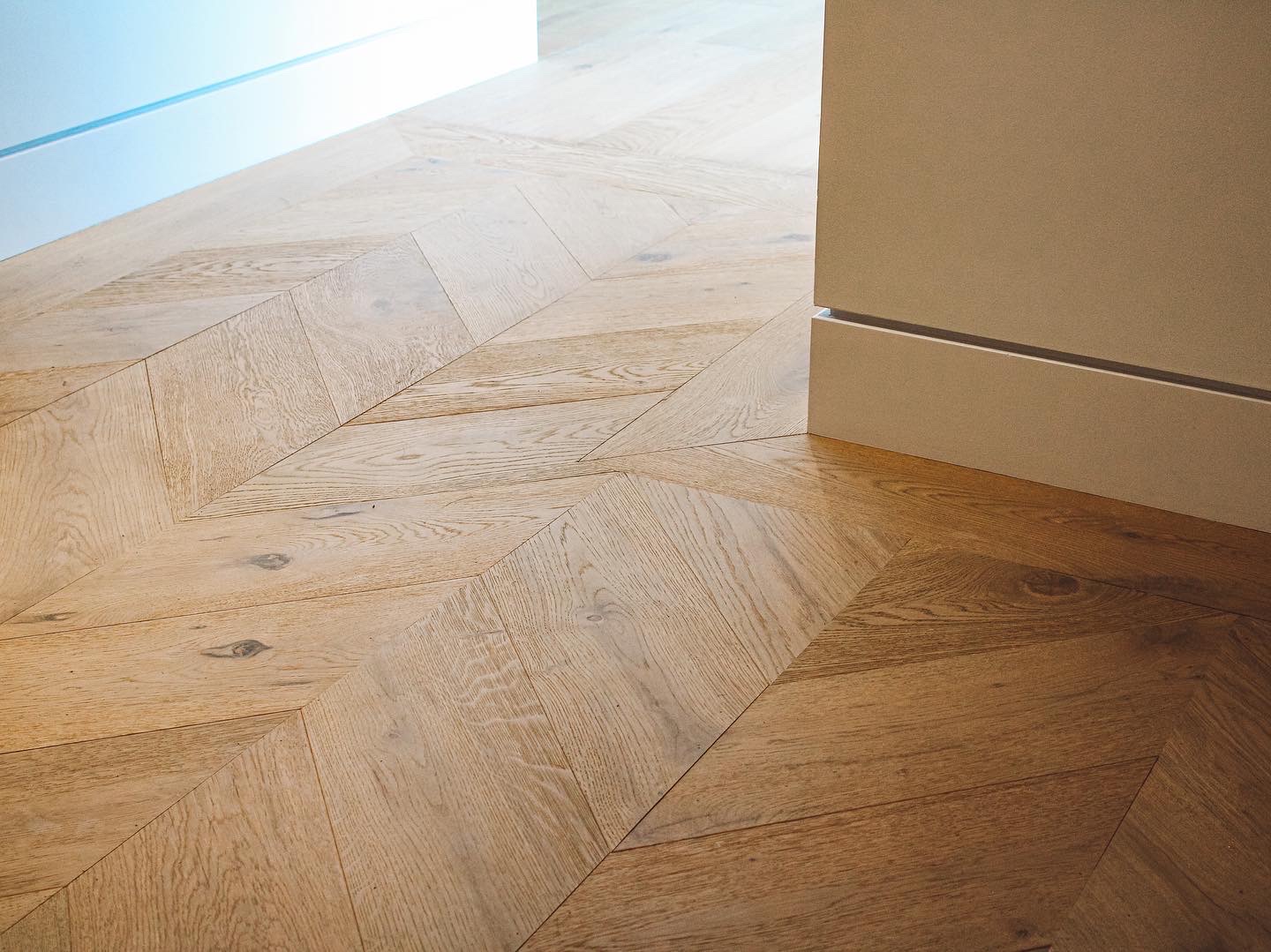Introduction to Laminate FlooringLaminate flooring has become a popular choice for homeowners seeking a stylish and cost-effective alternative to hardwood or tile. Known for its durability and ease of installation, laminate is often chosen for its ability to mimic the look of natural wood or stone without the high price tag. But, like any flooring …
Introduction to Laminate Flooring
Laminate flooring has become a popular choice for homeowners seeking a stylish and cost-effective alternative to hardwood or tile. Known for its durability and ease of installation, laminate is often chosen for its ability to mimic the look of natural wood or stone without the high price tag. But, like any flooring option, it has its own set of pros and cons. In this review, we’ll explore the benefits and drawbacks of laminate flooring to help you decide if it’s the right choice for your home.
Pros of Laminate Flooring
- Affordable Compared to Hardwood: One of the biggest advantages of laminate flooring is its affordability. Laminate provides the look of hardwood at a fraction of the cost, making it a great option for budget-conscious homeowners.
- Durable and Scratch-Resistant: Laminate is designed to withstand wear and tear. Its tough wear layer makes it resistant to scratches, dents, and fading, which is perfect for high-traffic areas or homes with pets and children.
- Easy to Install (DIY-Friendly): Laminate flooring uses a click-and-lock system that makes it easy to install without glue or nails. This makes it a favorite for DIY enthusiasts who want to save on installation costs.
- Variety of Designs and Styles: Laminate flooring comes in a wide range of colors, patterns, and textures. Whether you prefer the look of rustic oak, sleek marble, or classic tile, there’s a laminate option to suit your style.
- Low Maintenance Requirements: Laminate is easy to clean and maintain. Regular sweeping and occasional mopping are usually all that’s needed to keep it looking its best.
- Compatible with Underfloor Heating: Laminate can be used with underfloor heating systems, making it a warm and comfortable choice for colder climates or chilly rooms.
Cons of Laminate Flooring
- Not Moisture-Resistant: Laminate is not waterproof, and prolonged exposure to moisture can cause it to warp or swell. For this reason, it’s not recommended for areas like bathrooms, laundry rooms, or basements, unless you opt for a waterproof variety.
- Cannot Be Refinished: Unlike hardwood, which can be sanded and refinished multiple times, laminate cannot be refinished. Once the surface is worn or damaged, the entire floor or section of, needs to be replaced.
- Can Feel Hard and Less Authentic Than Real Wood: While laminate can mimic the appearance of hardwood, it doesn’t have the same texture or warmth. Some people find that it feels harder and less natural underfoot compared to real wood.
- May Not Add as Much Value to the Home: While laminate is a cost-effective flooring solution, it may not increase your home’s value as much as hardwood or tile flooring, which are often seen as premium materials.
- Noise Issues Without Proper Underlayment: Laminate can be noisy underfoot, especially in high-traffic areas. Installing a quality underlayment can help reduce noise, but it’s an extra step to consider.
Durability and Lifespan of Laminate Flooring
Laminate flooring typically lasts between 10 to 20 years, depending on the quality of the product and how well it’s maintained. In high-traffic areas or homes with pets, the lifespan may be shorter, but choosing a thicker, high-quality laminate can extend its durability.
Tips to Extend Durability:
- Use furniture pads to prevent scratches.
- Keep the floor clean to avoid dirt buildup that can cause wear.
- Use rugs or mats in high-traffic areas to reduce wear and tear.
Is Laminate Flooring Right for You?
Laminate flooring offers a budget-friendly, stylish, and durable option for homeowners who want the look of hardwood without the high cost or maintenance. While it may not be as moisture-resistant or long-lasting as other materials, it’s a great choice for dry areas of the home and for those who want an easy-to-install flooring option. Consider your home’s specific needs, lifestyle, and budget to determine if laminate flooring is the right choice for you.
FAQs
- How long does laminate flooring last?
With proper care, laminate flooring can last between 10 to 20 years. High-quality laminate and proper maintenance can extend its lifespan. - Can you install laminate flooring in bathrooms?
Laminate is not recommended for bathrooms unless it is a waterproof variety, as it is prone to damage from moisture. - What is the best way to clean laminate flooring?
Use a dry mop or vacuum for regular cleaning, and a damp mop with a laminate-safe cleaner for deeper cleaning. Avoid using excessive water or harsh cleaners. - Is laminate flooring pet-friendly?
Yes, laminate is scratch-resistant and durable, making it a good option for homes with pets. However, pet accidents should be cleaned up quickly to prevent moisture damage. - Can laminate flooring increase home value?
While laminate may not increase home value as much as hardwood or tile, it can still add appeal and update the look of a space, making it attractive to potential buyers.





